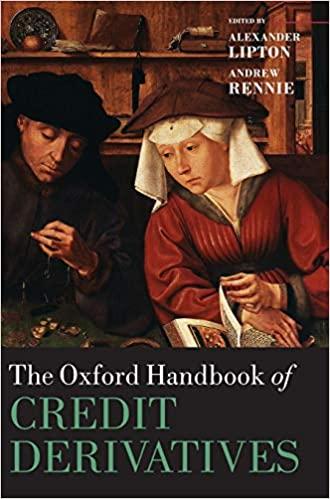Part 1: Consider the imaginary country of Studentaria, where people live for four years and everyone must make decisions regarding their education. During age 1,
Part 1:
Consider the imaginary country of Studentaria, where people live for four years and everyone must make decisions regarding their education. During age 1, everyone goes to primary school. At age 2, they can decide whether to go to secondary school or go to work. At age 3, if they went to secondary school they can decide whether to go to college or go to work. At age 4 everybody works. This translates into three alternative lifetime earnings options, summarized in the table below:
Lifetime Earning Options (Studentaria $)
| Options | Age 1 | Age 2 | Age 3 | Age 4 |
| A. Primary school
| 0 | 600 | 800 | 1000 |
| B. Secondary School | 0 | 0 | 1200 | 1500 |
| C. College | 0 | 0 | 0 | 4000 |
a. Consider Susan, a secondary school graduate who must decide whether to invest in a college education or enter the job market. College costs $1000, but the government pays for half of it, so the cost to Susan is only $500. What is the private rate of return to investing in a college education for Susan? (Remember that Susan makes her decision at age 3)
b. What is the social rate of return to investing in a college education?
c. This analysis does not take into account the social benefits of educating women. If we were to include these, how would we expect the social rate of return to change (increase, decrease, stay the same)? Name the social benefits that have been associating with educating women in developing countries.
Step by Step Solution
There are 3 Steps involved in it
Step: 1

See step-by-step solutions with expert insights and AI powered tools for academic success
Step: 2

Step: 3

Ace Your Homework with AI
Get the answers you need in no time with our AI-driven, step-by-step assistance
Get Started


